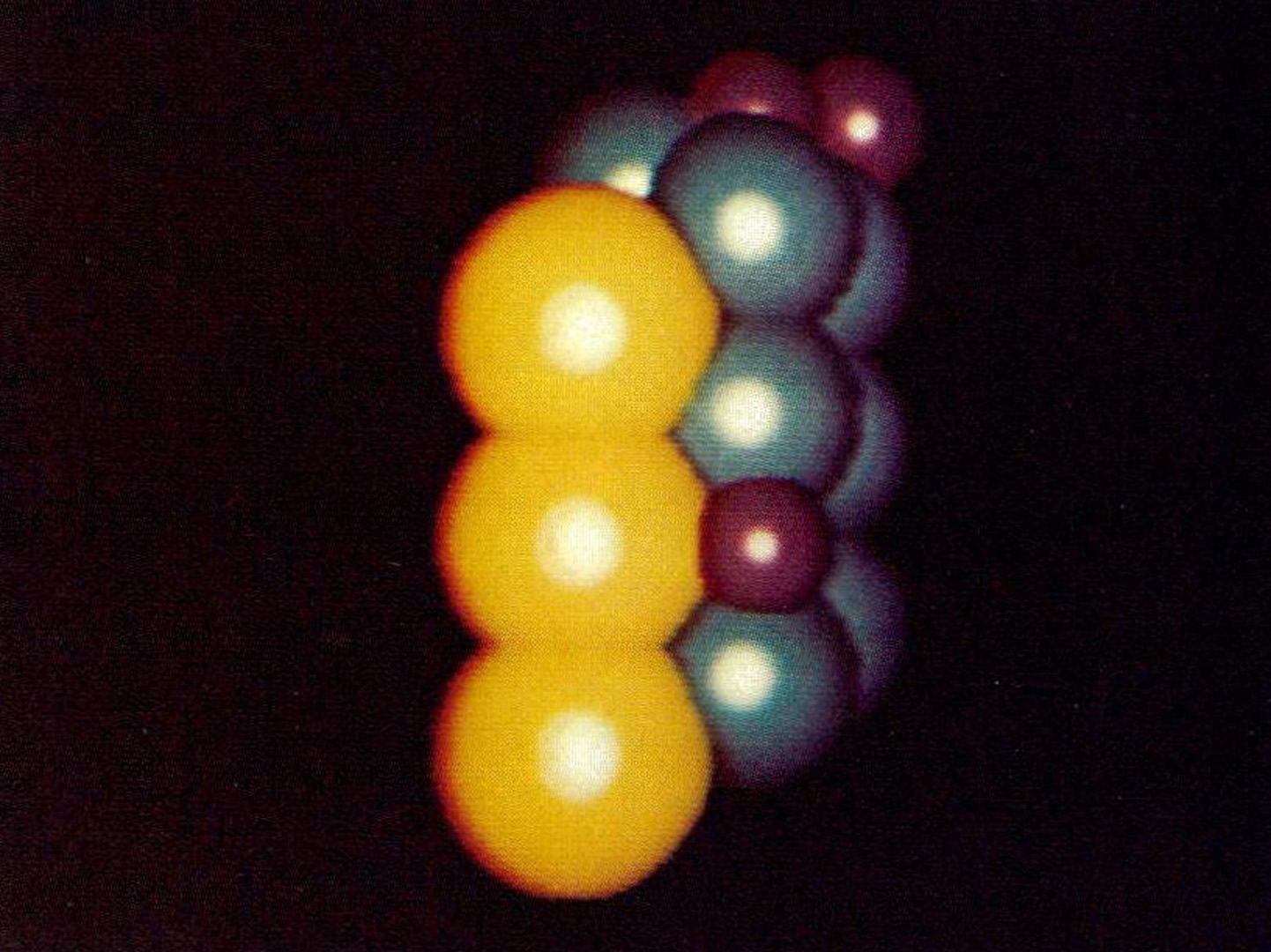“On display of space filling atomic models in real-time” by Staudhammer
Conference:
Type(s):
Title:
- On display of space filling atomic models in real-time
Presenter(s)/Author(s):
Abstract:
Earlier work on real-time display of planar polygonal three-dimensional object scenes is extended to the inclusion of repetitive curved surfaces. In earlier work the visible scene components were calculated and reduced to scan line encoded image segments to generate real-time cartoons. That work was limited to visible planar surface elements because of the display algorithms employed. Display time is limited to 33 ms so that scan-interlaced TV may be used. Curved surfaces would normally be approximated by a large number of facets; however, Mach effect’s faceting of the surface will occur for all but the simplest cases. Point by point curved surface shading is examined in detail so that special hardware may be defined for displaying the visible surface parts in 33 ms. The hardware concepts employed can be extended to other simple curvatures that appear repeatedly in a visible scene. CONTENT INDICATORS: 3.13, 6.22, 6.35, 6.4, 3.89.
References:
1. J. Staudhammer, “Computer generation of real-time colored three-dimensional objects”, Proc. 7th Hawaii Conf. on Inf. Sci., January 1974.
2. J.F. Eastman and J. Staudhammer, “Display of 3-D object images”, Proc. 2nd Symp. on Comp. Arch., January 1975.
3. D.J. Ogden and J. Staudhammer, “Computer graphics for 3-D object images”, Comp. & Graphics, vol. 1, #1, June 1975.
4. J. Staudhammer, “Display of multi-dimensional objects (Four and higher dimensions)”, Computer Graphics, vol. 9, #2, Summer 1976.
5. A.J. Myers, “A digital video information storage & retrieval system”, Comp. Graphics, vol. 10, #3, Summer 1976.
6. J.F. Eastman, “An efficient scan conversion and hidden surface removal algorithm”, Computers & Graphics, vol. 1, #2/3, 1975.
7. J.N. England, et.al., “A display-optimized processor”, Proc. 2nd Symp. on Comp. Architecture, January 1975.
8. J. Staudhammer, “Software for real-time image generation”, Proc. COMPSAC-77, November 1977.
9. R.J. Hackathorn, “ANIMA-II: A 3-D color animation system”, Computer Graphics, vol. 11, #2, Summer 1977.
10. C. Csuri, “3-D Computer animation”, Advances in Computers, Acad. Press, 1977.
11. J.F. Blinn, “Models of light reflection for computer synthesized pictures”, Comp. Graphics, vol. 11, #2, Summer 1977.
12. J.N. England, “Interactively generating computer graphics descriptions of physical curved surface objects”, Proc. of this conference.
13. H. Gouraud, “Computer display of curved surfaces”, Univ. of Utah, UTEC-CSc-71-113, June 1971.
14. T. Whitted, “A scan line algorithm for computer display of curved surfaces”, Proc. of this conference.
15. E.A. Catmull, “Computer display of curved surfaces”, Proc. IEEE Conf. on Comp. Graphics, May 1975.
16. B.T. Phong, “Illumination for computer generated images”, Comm. ACM, vol. 18, #6, June 1975.
17. O. Kennard et.al., “Molecular structures and dimensions”, Crystallographic Data Centre, Univ. Chem. Lab, Cambridge, England, 1972.
18. A. Rich and S.H. Kim, “The 3-D structure of transfer RNA”, Sci. Amer., Jan 78.
19. W.V. Wright, “An interactive computer graphics system for molecular studies”, PhD diss., Univ. of NC, Chapel Hill, 1972.
20. J.J. Batter and F.P. Brooks, Jr., “GROPE-1: A computer display to the sense of feel”, Proc. IFIP, 1972.
21. E.G. Britton, “A methodology for ergonomic design of interactive computer graphic systems and its application to crystallography”, PhD diss., Univ. of NC, Chapel Hill, 1977.
22. H.R. Luxenberg and R.L. Kuehn, “Display systems engineering”, McGraw-Hill, Book Co., 1968.




